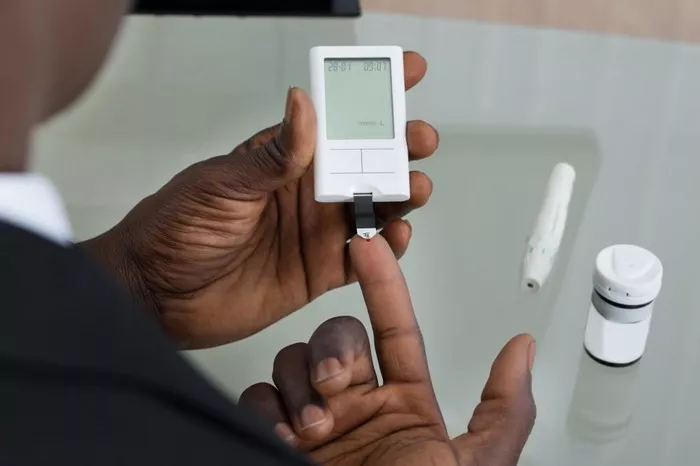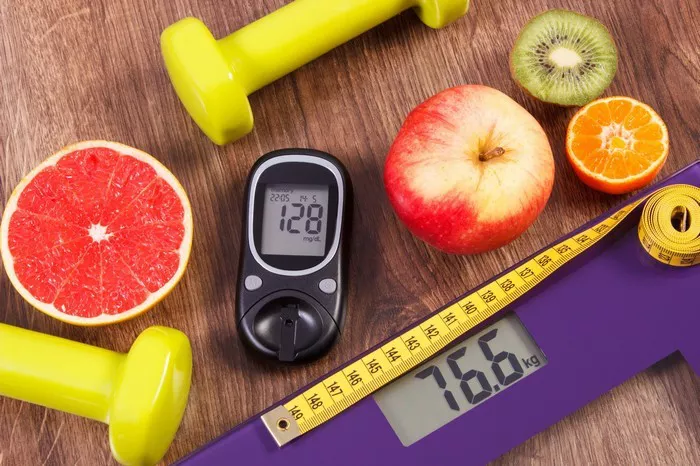Diabetes is a complex metabolic disorder characterized by high blood sugar levels due to the body’s inability to produce or effectively use insulin. Insulin resistance, a hallmark of type 2 diabetes, occurs when the body’s cells become less responsive to insulin, leading to elevated blood glucose levels. Insulin resistance not only disrupts glucose metabolism but also contributes to various health complications, including cardiovascular disease, obesity, and hypertension.
Insulin is a hormone produced by the pancreas that helps regulate blood sugar levels by facilitating the uptake of glucose into cells for energy production. In individuals with insulin resistance, cells become resistant to the action of insulin, causing glucose to accumulate in the bloodstream. As a result, the pancreas compensates by producing more insulin, leading to a state of hyperinsulinemia. Over time, this chronic elevation in insulin levels can lead to pancreatic exhaustion and further exacerbate insulin resistance.
Understanding the significance of insulin resistance is crucial for effectively managing diabetes. By addressing insulin resistance through lifestyle modifications, particularly dietary interventions, individuals can improve their insulin sensitivity and better control their blood sugar levels.
Principles of a Balanced Diet for Managing Insulin Resistance
Diet plays a pivotal role in managing insulin resistance and diabetes. Dietary choices can either exacerbate or alleviate insulin resistance, making it essential to adopt a balanced and nutritious eating plan. A diet rich in whole foods, with an emphasis on low glycemic index (GI) foods, complex carbohydrates, fiber-rich foods, healthy fats, and lean protein sources, can help improve insulin sensitivity and promote overall health.
A balanced diet for managing insulin resistance should include a variety of nutrient-dense foods that provide essential macronutrients (carbohydrates, protein, and fats) and micronutrients (vitamins and minerals). The following principles can guide dietary choices:
Low Glycemic Index (GI) Foods: Opt for foods with a low glycemic index, such as non-starchy vegetables, legumes, whole grains, and fruits like berries, as they produce a gradual rise in blood sugar levels and support stable insulin sensitivity.
Emphasis on Complex Carbohydrates: Choose complex carbohydrates over simple sugars to prevent rapid spikes in blood sugar levels. Whole grains, such as quinoa, brown rice, and oats, are excellent sources of complex carbohydrates that provide sustained energy and promote satiety.
Inclusion of Fiber-Rich Foods: Incorporate fiber-rich foods, including fruits, vegetables, legumes, and whole grains, into your diet to improve insulin sensitivity, aid in digestion, and promote long-term metabolic health.
Healthy Fats: Include sources of healthy fats, such as avocados, nuts, seeds, olive oil, and fatty fish like salmon, in your diet to support insulin sensitivity, reduce inflammation, and maintain cardiovascular health.
Lean Protein Sources: Incorporate lean protein sources, such as poultry, fish, tofu, tempeh, and legumes, into meals to support muscle health, regulate blood sugar levels, and promote satiety.
Practical Tips for Implementing a Diabetes-Friendly Diet
In addition to understanding the principles of a balanced diet for managing insulin resistance, it’s essential to adopt practical strategies for incorporating these dietary recommendations into daily life. Consider the following tips:
Meal Planning: Plan meals and snacks in advance to ensure they align with your dietary goals. Focus on incorporating a balance of carbohydrates, protein, and healthy fats into each meal to support blood sugar control.
Portion Control: Practice portion control to prevent overeating and manage calorie intake. Use measuring cups, spoons, or visual cues to gauge appropriate portion sizes for different food groups.
Meal Timing: Space meals evenly throughout the day to help regulate blood sugar levels and prevent large fluctuations. Aim for three balanced meals and 1-2 snacks as needed, with consistent meal times each day.
Hydration: Stay hydrated by drinking plenty of water throughout the day. Limit the consumption of sugary beverages, including sodas, fruit juices, and energy drinks, which can contribute to insulin resistance and weight gain.
Mindful Eating: Practice mindful eating by paying attention to hunger and fullness cues, chewing food slowly, and savoring each bite. Avoid distractions, such as television or smartphones, while eating to promote awareness of food choices and portion sizes.
Conclusion
Managing insulin resistance through diet is a fundamental aspect of diabetes management. By understanding the impact of insulin resistance on health and adopting a balanced eating plan rich in low GI foods, complex carbohydrates, fiber, healthy fats, and lean protein sources, individuals can improve insulin sensitivity, regulate blood sugar levels, and promote overall well-being. Incorporating practical tips for meal planning, portion control, and mindful eating can further support long-term adherence to a diabetes-friendly diet. Consultation with a healthcare professional or registered dietitian is recommended to develop personalized dietary recommendations tailored to individual needs and preferences. By prioritizing nutrition and lifestyle modifications, individuals can take proactive steps towards better managing insulin resistance and optimizing their health outcomes.
Related Topics:
What Can Immediately Lower Blood Sugar
the Underlying Causes of Type 2 Diabetes at the Cellular Level


























